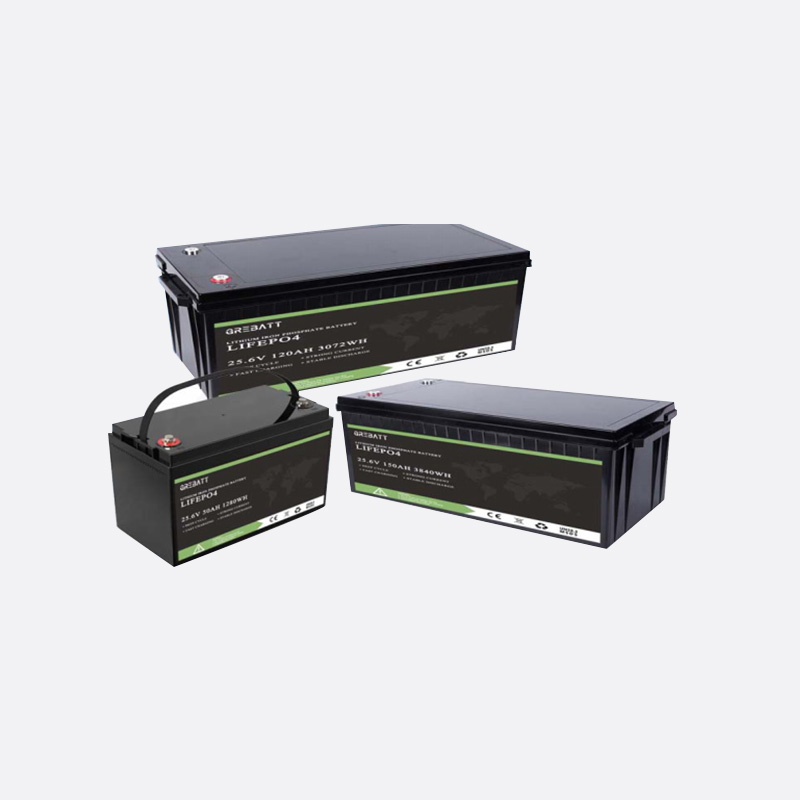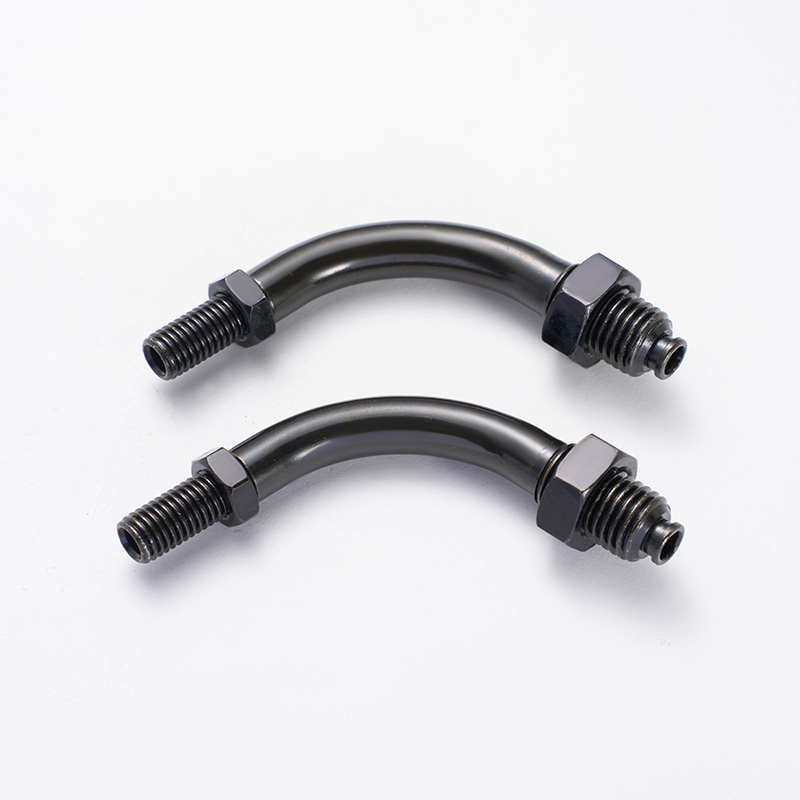Energy storage battery packs are designed to store and discharge electricity, making them an essential part of renewable energy systems, electric vehicles, and backup power solutions. One of the key challenges these battery packs face is operating in temperatures, both high and low. temperatures can have a significant impact on the performance, efficiency, and lifespan of the batteries. However, modern energy storage battery packs are equipped with various technologies to handle temperature.

1. Thermal Management Systems
Many energy storage systems use thermal management technologies to regulate the temperature of the batteries. These systems include active cooling and heating solutions, such as fans, liquid coolants, or heat exchangers. For high temperatures, cooling systems prevent the batteries from overheating, which could safety risks like thermal runaway or degradation of battery cells. Conversely, when temperatures are too low, heating elements or warm air circulation are used to maintain the operating temperature.
2. Battery Chemistry
The type of battery chemistry used plays a crucial role in how well a battery handles temperature. Lithium-ion batteries, for example, perform better in a wide temperature range compared to older technologies like lead-acid batteries. Lithium iron phosphate (LiFePO4) batteries, a common type of lithium-ion, are more resistant to temperature-induced damage, providing improved safety and longevity under conditions.
3. Insulation
In addition to active thermal management, energy storage systems often incorporate insulation materials to reduce heat loss and protect the batteries from rapid temperature fluctuations. This ensures that the battery cells operate within the manufacturer-recommended temperature range, thereby optimizing performance and lifespan.
What Are the Applications of Stacked Battery Packs?
Stacked battery packs are an increasingly popular design in energy storage systems, where multiple individual battery cells are arranged in series and parallel to create a larger and more powerful energy storage unit. This configuration provides flexibility and scalability, making it suitable for various applications across multiple industries.
1. Electric Vehicles (EVs)
One of the prominent applications of stacked battery packs is in electric vehicles. In EVs, stacked battery packs are used to store and provide energy to power the vehicle’s electric motor. The configuration allows for greater energy storage in a compact space, which translates to longer driving ranges and improved performance. With stacked battery packs, EV manufacturers can customize the power output to meet specific vehicle requirements.
2. Renewable Energy Storage Systems
Another key application of stacked battery packs is in renewable energy storage. In systems such as solar or wind power, energy is generated intermittently and needs to be stored for later use. Stacked battery packs can store the surplus energy generated during periods of high production and release it when demand is high or generation is low. This makes renewable energy sources more reliable and consistent, ensuring that electricity is available 24/7.
3. Grid Storage
Stacked battery packs are also used in grid storage solutions, where they serve as large-scale energy storage units. These systems are designed to store excess energy produced during periods of low demand, which can then be released during peak usage times. This helps stabilize the grid, reduces energy costs, and improves the overall efficiency of energy distribution.
What Is the Charge Cycle of Stacked Lithium Batteries?
The charge cycle of a stacked lithium battery refers to the process by which the battery is charged and discharged during its operational life. Charge cycles are an essential factor in determining the battery’s lifespan, efficiency, and performance over time. A typical charge cycle occurs when a battery is discharged from 99% to 0% and then recharged back to full capacity, although partial discharge and recharge cycles also count toward the total number of cycles.
1. Definition of Charge Cycle
A charge cycle in a stacked lithium battery can be thought of as a complete round of charging and discharging. For instance, if a battery is discharged to 50% and then recharged back to 99%, it counts as half a cycle. If this process is repeated twice, it will count as one full cycle. A typical stacked lithium battery can endure between 500 to 1,500 full charge cycles before experiencing a noticeable decrease in capacity, depending on the battery chemistry and usage conditions.
2. Factors Influencing Charge Cycles
Several factors can influence the number of charge cycles a stacked lithium battery can go through before its performance begins to degrade. These include:
Depth of Discharge (DoD): The deeper the discharge (i.e., discharging the battery to a lower percentage), the more wear the battery experiences, reducing its overall lifespan.
Charging Rate: Charging the battery too quickly or too slowly can affect its health. Fast charging generates more heat, which can reduce the battery’s cycle life.
Temperature: temperatures, either high or low, can affect the efficiency of the charge cycle. Proper thermal management is essential for optimizing the battery's lifespan.
 boo@zjmgmm.com / 958587858@qq.com
boo@zjmgmm.com / 958587858@qq.com English
English русский
русский Español
Español عربى
عربى







 English
English  Building 33, Demonstration Park, No. 318 Chenguang Road, Eastern New District, Wenling City, Taizhou City, Zhejiang Province, China
Building 33, Demonstration Park, No. 318 Chenguang Road, Eastern New District, Wenling City, Taizhou City, Zhejiang Province, China  0086-576-86337978
0086-576-86337978  0086-576-86333878
0086-576-86333878
 boo@zjmgmm.com
boo@zjmgmm.com 